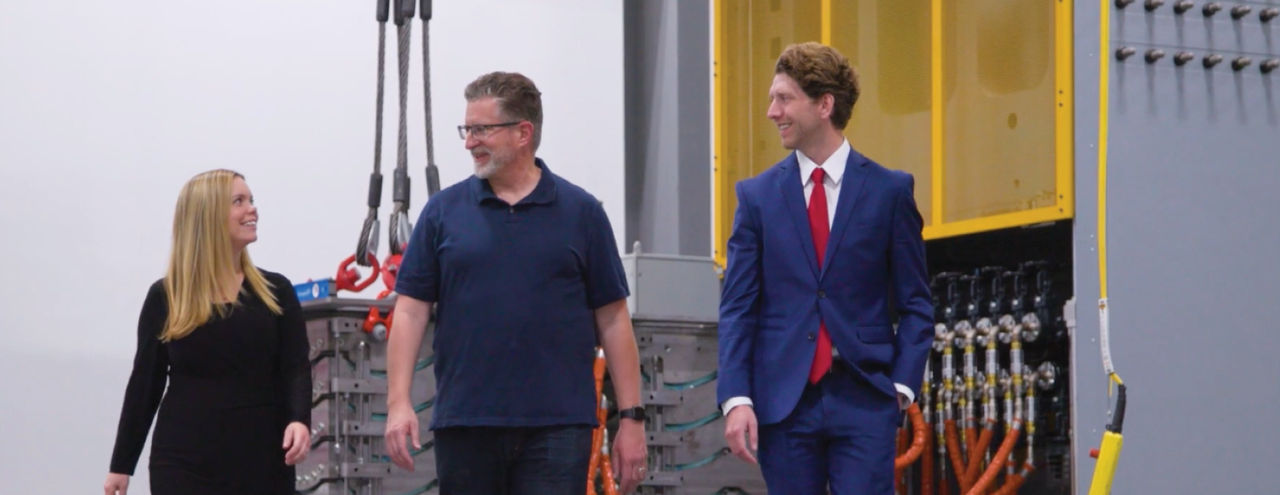Hear from Our Clients
Explore how clients have achieved their goals with flexible financing solutions.
Content Library
Ready to learn more?
Connect with a financing expert
Tap into the expertise of one of the country’s largest equipment finance companies.1 Tell us your business needs and start exploring funding options with a financing expert today.



